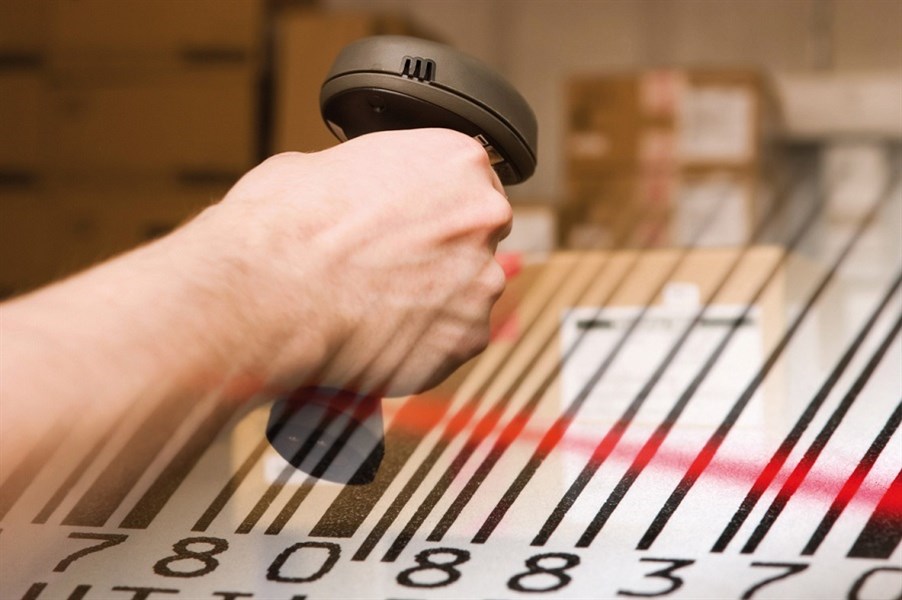Print & Label
RFID label, Thermal Transfer Label and Barcode Printers, Star Ticket Printers, barcode generation software, POS Printers and Networked Thermal Printers, including mobile labelling technology and mobile printer applications.3 Best Practices for Improving Your Supply Chain Labeling

Labeling is a critical part of the supply chain, especially in an age of digital operations and networks that span the globe. While consistent and up-to-date barcode labeling in the supply chain can keep goods moving smoothly from one facility to the next, slowness or inconsistency can harm a company’s competitiveness.
Best Practices for Modern Labeling
There are plenty of steps companies can take to enhance their supply chain labeling performance, and they share themes. Data use is the crux of effective supply chain labeling today, whether it takes the form of synchronizing databases, analyzing content for insights or expanding access outside of company walls.
It’s worth studying current performance, benchmarking capabilities against competitors and determining whether the organization needs an upgrade. If so, the following practices present pathways to improved labeling performance.
1. Connect labeling with sources of data truth
The data used in the supply chain must be consistent and up to date to make digital systems work together. Source Today pointed out that enterprise resource management, warehouse management and other essential solutions should all share information rather than becoming silos and potentially falling into disagreement. Labeling is another solution that can and should be connected to such a centralized network.
2. Embrace business intelligence and analytics
It can be difficult to keep a labeling strategy at peak performance or improve it over time without granular in-depth insights into its present state. This level of knowledge comes from business intelligence. Contributing to Supply & Demand Chain Executive, Oracle’s Jon Chorley pointed out that modern analytics systems are not the same as first-generation BI dashboards. Today, data is available in real time and supply chain leaders can gain decision-making assistance in a timely manner. Labeling activity data should become part of this analytical ecosystem.
3.Collaborate with partner organizations
No company is alone in supply chain operations. Dealing with other businesses means sharing data, a process that can create inconsistency if handled carelessly. Extending some labeling access privileges to partners is a great way to make this information exchange more seamless and effective. Companies that take this step should make sure they have an effective labeling platform in place, so they only give access to necessary and relevant functions, based on role.
Upgrading Your Labeling System
Organizations seeking to improve their labeling processes in the above ways and more can enlist an comprehensive Enterprise Labeling approach instead of attempting to create piecemeal upgrades. In recent years, the effectiveness of centralized labeling systems has increased dramatically, and companies using outdated solutions or improvised systems could be damaging their competitiveness and creating unintended operational silos.










